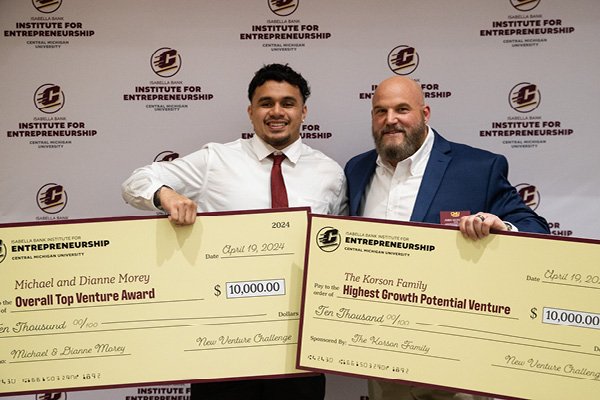
Start up
Passion. Potential. Pitches. Don't miss any of the 2025 New Venture Challenge excitement.
Tune in Friday, April 11 at 1 p.m. for great ideas and fierce competition. Then, join the judges, mentors, spectators and teams as they see who is going home with thousands of dollars in venture financing. The awards broadcast begins at 6:30 p.m. and one team will walk away as the overall best venture.
Central Michigan University’s College of Business Administration is the home of the Isabella Bank Institute for Entrepreneurship and the first Department of Entrepreneurship in the state of Michigan. We are a student-centric hub where experiential, curricular, and external entrepreneurial opportunities intersect.
Our mission is to maximize student success by fostering a campus-wide entrepreneurial mindset that promotes inter-disciplinary collaboration and the creation of new ventures.
We aim to create innovative programming, boost cross-campus and ecosystem collaboration and provide a comprehensive mentoring program.
Our institute provides extracurricular opportunities and is open to all undergraduate and graduate CMU students.
Are you interested in becoming an entrepreneur?
Every journey is unique. Explore the opportunities that interest you.
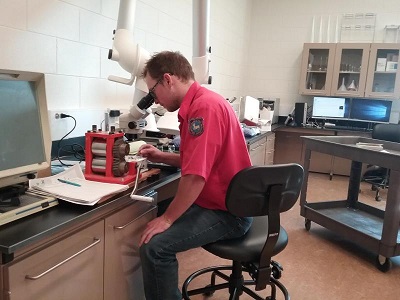 Travis Rainey, a graduate student in the Biology Department, investigates the threatened Blanchard’s Cricket Frog (Acris blanchardi) in Michigan for his thesis. The species has been experiencing a decline in population since the 1970s around the northern edge of their range, which is in Michigan. Agrochemicals and predatory fish introduced to the area contribute to the declining population. Rainey intends to study the species’ population structure and interaction with the environment. To fund his research, Rainey received a grant of $13,200 from the Pierce Cedar Creek Institute (PCCI) for environmental education.
Travis Rainey, a graduate student in the Biology Department, investigates the threatened Blanchard’s Cricket Frog (Acris blanchardi) in Michigan for his thesis. The species has been experiencing a decline in population since the 1970s around the northern edge of their range, which is in Michigan. Agrochemicals and predatory fish introduced to the area contribute to the declining population. Rainey intends to study the species’ population structure and interaction with the environment. To fund his research, Rainey received a grant of $13,200 from the Pierce Cedar Creek Institute (PCCI) for environmental education.
The purpose of the Pierce Cedar Creek Institute is to “enhance the health and stability of ecosystem in West Michigan by providing scientific information to support land management decisions.” Rainey is expected to present his findings to the PCCI, submit a final report of his findings to be reviewed, participate in summer research program activities, and provide data during his study. Rainey also hopes to publish in peer-reviewed journals.
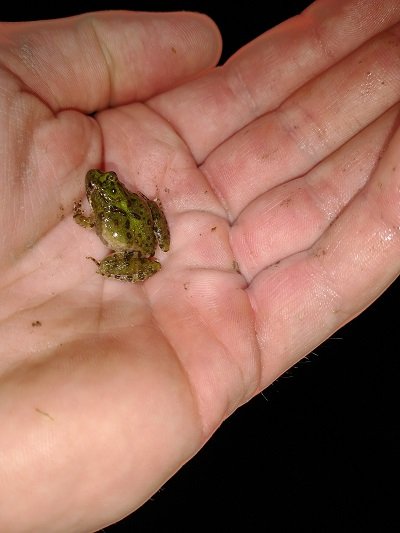 Rainey came to CMU with an interest in amphibian conservation. Through a literature review, Rainey found that there were a few factors contributing to the Blanchard’s Cricket Frog’s decline, but there was no complete explanation for the scale of these declines. Upon this discovery, he set out to conduct surveys across Michigan to discover how many populations remain. Under the supervision of Kirsten Nicholson, Ph.D., Rainey began to develop other questions during these surveys:
Rainey came to CMU with an interest in amphibian conservation. Through a literature review, Rainey found that there were a few factors contributing to the Blanchard’s Cricket Frog’s decline, but there was no complete explanation for the scale of these declines. Upon this discovery, he set out to conduct surveys across Michigan to discover how many populations remain. Under the supervision of Kirsten Nicholson, Ph.D., Rainey began to develop other questions during these surveys:
Are these tiny frogs able to migrate across highways and forest patches to neighboring ponds?
Are the seemingly isolated populations inbred?
Does breeding occur only within a given pond, or are migrants able to spread genetic material across Michigan’s highly fragmented landscapes?
Finding answers to these questions motivated Rainey to continue his thesis research, despite having little experience with genetic methods. With the funding from PCCI, Rainey will go out to collect genetic material and extract DNA from these samples to look at portions of DNA across different frogs and populations. This genetic data will help Rainey better understand how many genetically unique populations exist within Michigan and how landscape features affect dispersal and gene flow.

Explore special opportunities to learn new skills and travel the world.
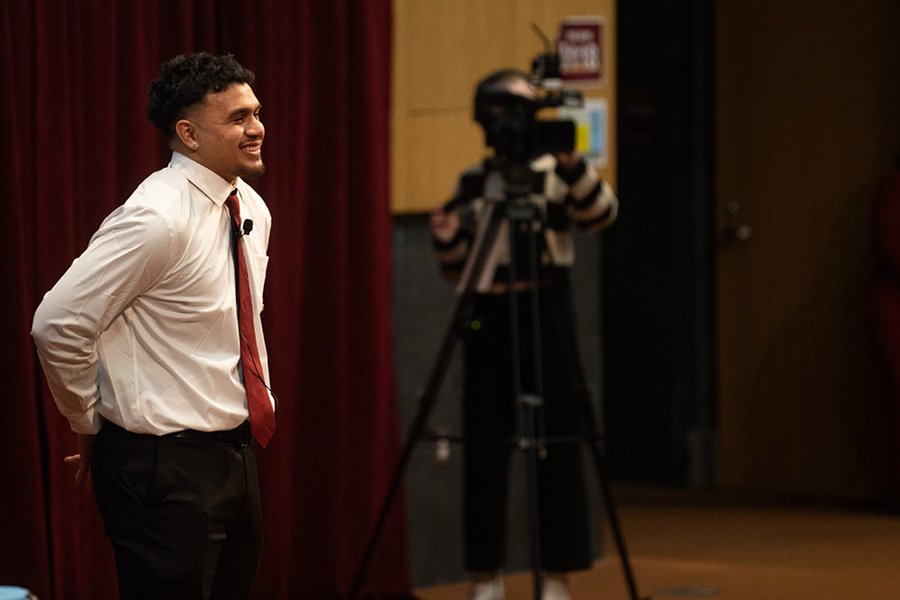
Present your venture and win BIG at the New Venture Challenge.
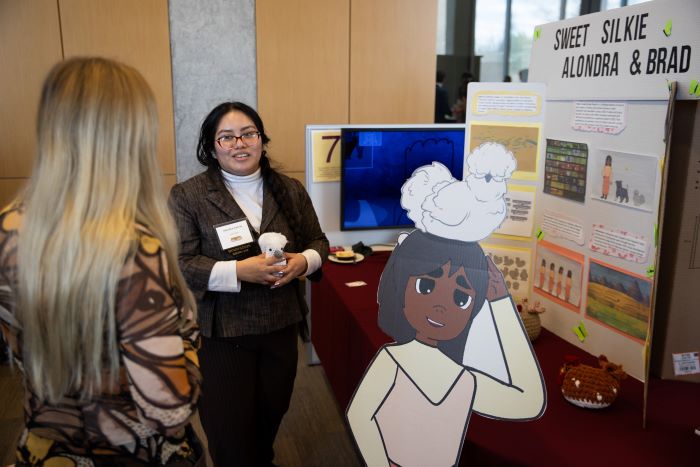
Boost your entrepreneurial skills through our workshops, mentor meetups and pitch competitions.
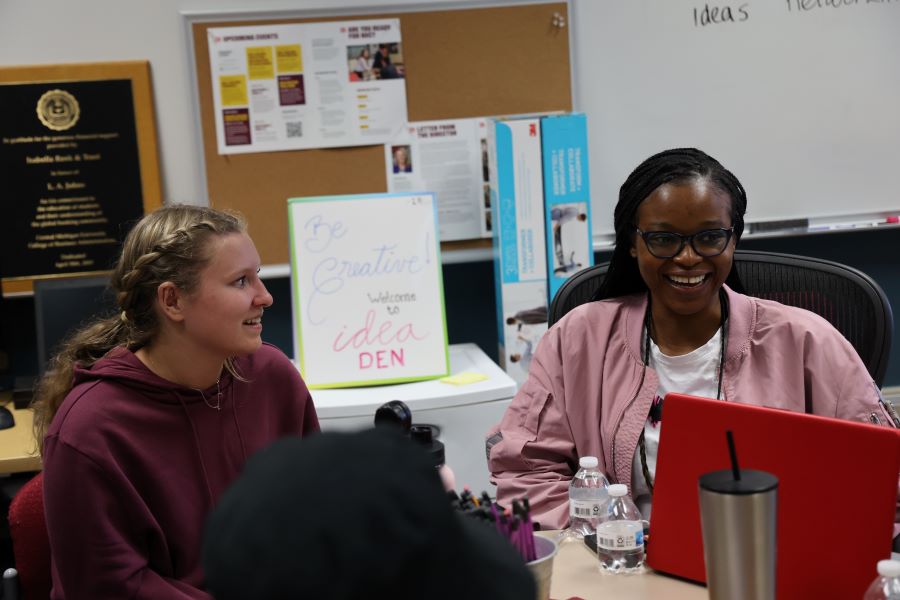
Learn about the entrepreneurship makerspace on campus in Grawn Hall.

Present a 2-minute pitch at the Make-A-Pitch Competition and you could win prizes and bragging rights!
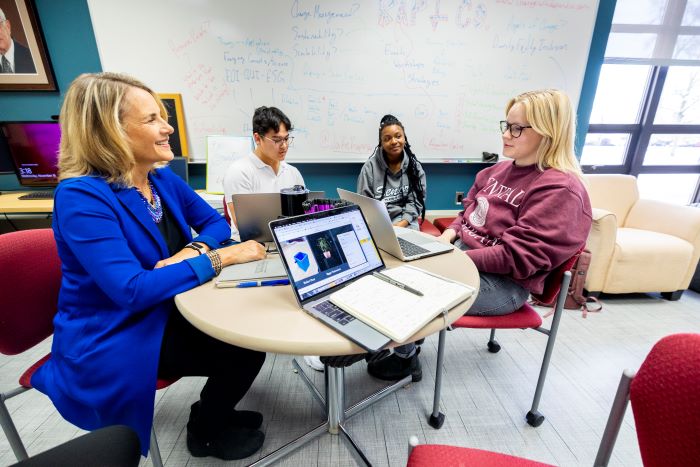
Connect with mentors and faculty who are here to support the next generation of CMU entrepreneurs.
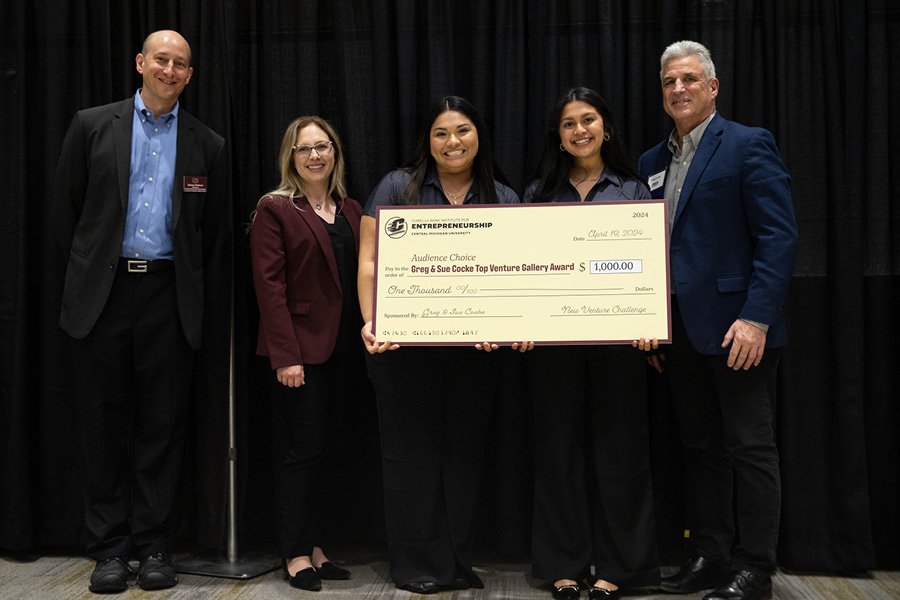
Are you a CMU alum looking to support CMU student entrepreneurs? Learn how you can support or donate to the Entrepreneurship Institute.